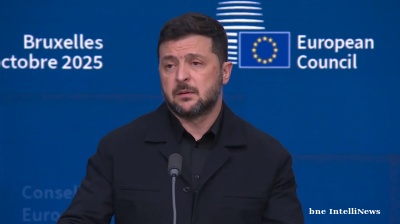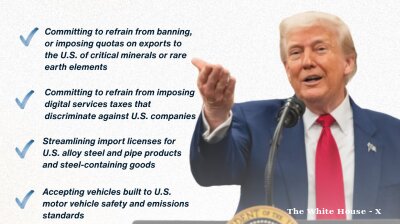Russian petrochemical major Sibur opened the order book on August 28 for its new five-year US dollar-denominated bonds with a fixed monthly coupon and a volume of up to $400mn, according to Cbonds.
The latest bond issue offers a yield ceiling of 7.4%, which Renaissance Capital estimates to be more than a 100-basis point premium above fair market value.
As a reminder, in 2024 the company announced its intention to hold an initial public offering (IPO). The market has been waiting for the placement of Sibur for more than 15 years, with an IPO on the agenda since 2007. The last round of IPO preparations in 2021 could have seen the company valued at upwards of $22bn.
Sibur posted 8% year-on-year growth in IFRS revenues to RUB1.17 trillion, with EBITDA down by 2% y/y to RUB477bn and net income up by 16% y/y to RUB186bn ($2.2bn).
In 2024 the revenue growth was driven by domestic demand for polymers, which accounted for 71% of the total sales. Earnings slipped owing to outpacing growth in raw material prices (+24% y/y).
As far as the IPO is concerned, the conditions for the offering have improved markedly since December, although the company will probably want to wait for the final developments in Russia-West relations first, Renaissance Capital commented in the beginning of 2025.
As a reminder, in 2021 Sibur closed a deal to take over 100% of its Tatarstan-based rival TAIF. The combined business will be one of the five biggest producers of polyolefin and rubber products in the world.
After the TAIF deal, oligarchs Leonid Mikhelson (second in the Forbes Russia ranking with an estimated fortune of $27.4bn) and Gennady Timchenko (sixth with $23.4bn) held 30.6% and 14.45% in Sibur respectively, followed by China’s Sinopec and Silk Road Fund (8.5% each), SOGAZ (10.625%), TAIF shareholders (15%) and current and former top management of Sibur (12.325%).
Reports since 2024 have suggested that Sibur is actively redirecting the supply volumes of main products from Europe to other markets, even if the company does not rule out its return to the European market in some segments, such as liquefied petroleum gas (LPG).
News
.jpg)
US senator tells Maduro "head to Russia or China" as warships close in on Venezuela
A senior US Republican senator has warned that Venezuelan President Nicolás Maduro's time in power is running out and suggested he leave the country, as military tensions in the Caribbean continue to escalate.

Milei celebrates resounding victory in Argentina's midterm elections
Argentine President Javier Milei scored a major win for his La Libertad Avanza (LLA) party in Argentina's October 26 midterm legislative elections, as the party obtained approximately 40.84% of the nationwide vote with 99.14% of the votes counted.

Zelenskiy accuses China of aiding Russia’s war effort through industrial and military support
Ukrainian President Volodymyr Zelenskiy accused China of materially supporting Russia’s military-industrial complex, providing key technologies and resources that have enabled Moscow to sustain and scale its war effort against Ukraine.

US Treasury Secretary Bessent blasts “Russian propagandist” special envoy Dmitriev in Washington PR debacle
A trip to Washington by the Kremlin’s special business envoy Kirill Dmitriev days after the US imposed new oil sanctions turned into a debacle after US Treasury Secretary Scott Bessent blasted him as a “Russian propagandist.”


